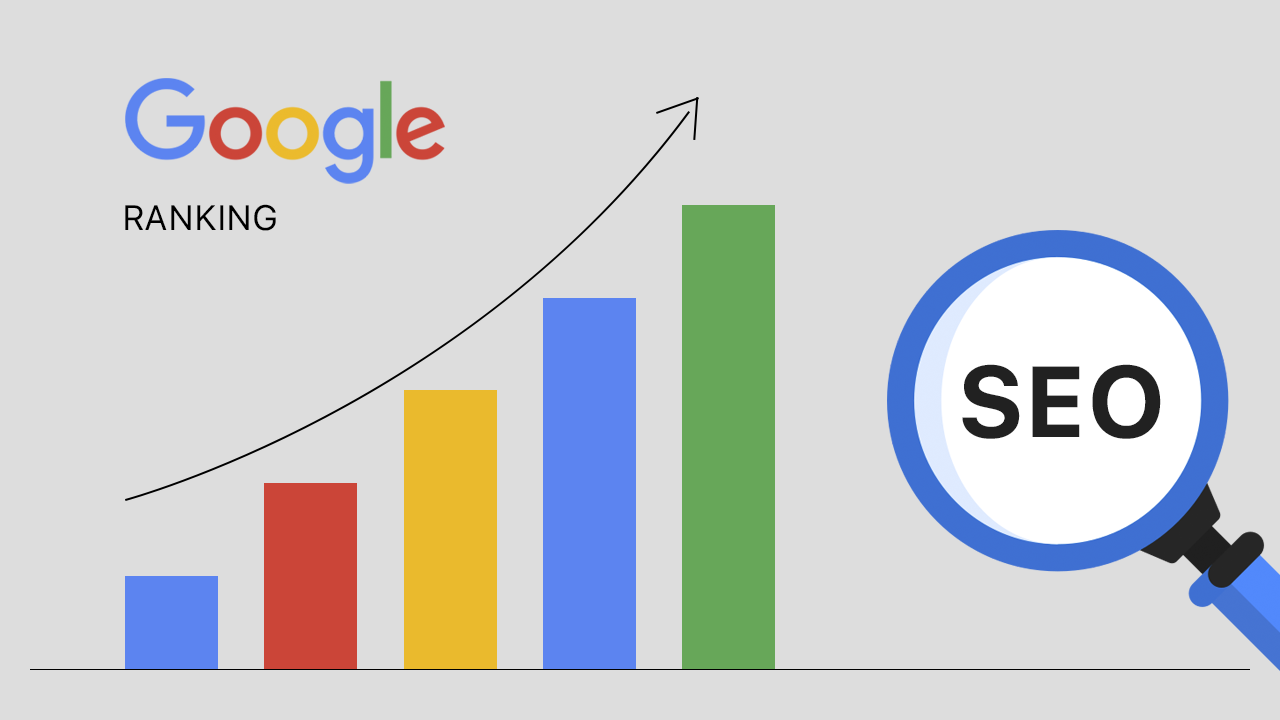You’ve worked hard to build an online presence and get your existing website ranking high in search results. But now you’re ready to launch a new website and don’t want to lose all the SEO Rankings progress you’ve made.
The key is planning ahead and taking steps to migrate your SEO authority to the new domain. Follow this guide to launch your new website successfully without tanking your search rankings.
Research and Pick the Right Domain
Don’t just randomly pick a new domain name for your website. Do your research to select one that will support your brand and help with SEO Agency.
Brainstorm keywords and phrases that describe your business and see which domains align with those terms.
Ideally, your domain name will be short, memorable, and contain your main keyword(s).
Avoid abrupt changes in domain names as this will make migrating SEO authority more difficult.
If possible, simply update the existing domain. For example, if your current site is on “yourbusiness.net,” switch it to “yourbusiness.com.”
And make sure to purchase the domain well in advance so you have time to set up the technical migration.
Set Up 301 Redirects from Old to New URLs
The 301 permanent redirect is an important tool for passing SEO equity from old to new URLs when sites change domains. As soon as you purchase the new domain, set up 301 redirects in your old site’s .htaccess file pointing from each page URL to its new counterpart.
This tells search engines that content has permanently moved from an old to a new URL. Done right, it will transfer most of the SEO authority from the old URL to the new destination. Test the redirects to make sure they are functioning properly before launch.
Migrate Internal Links Pointing to Your Site
Chances are, you have internal links pointing across your website pages. These play a role in SEO by spreading equity and authority around your site. When migrating to a new domain, you’ll need to update all internal links to point to the new URLs.
Use a tool like Screaming Frog to crawl your old website and extract a list of all internal links and the pages they point to. Then do a find-and-replace to update those links to the new domain. This helps retain SEO authority already built up on those pages.
Read More- SEO Success for Tree-Felling Businesses in South Africa: A Comprehensive Guide
301 Redirect Inbound Backlinks
In most cases, you won’t be able to get all websites linking back to your old domain to update links to the new one. That’s where 301 redirects come in handy again. Set up redirects on your old domain for each page with backlinks pointing to it.
This will pass SEO equity from those old backlinks to your new site. Just be aware that each 301 will dilute the SEO value passed over a bit. So focus on redirecting pages with the most valuable backlinks first.
Publish Similar Content to the Old Website
Ideally, you want the content on your old and new websites to align as much as possible during the transition. This makes it easier to transfer SEO authority between the two domains.
Before launching your new site, audit the old site’s content and create similar pages on the new domain. Publish blog posts on the same topics, recreate key landing pages, and redirect old URLs to the most relevant new pages.
The closer the content matches between the old and new domains, the less SEO dilution you’ll experience from the migration.
Maintain Link Building Efforts
Don’t pause your link-building efforts while migrating to a new domain. Continue outreach campaigns to build new backlinks pointing directly to your new website. This helps establish your new domain’s authority and offsets any losses from the transition.
Focus on getting backlinks to your most important website pages. Landing pages, blog posts, and service pages with existing high authority are good targets. Use your website analytics to identify which pages drive the most organic traffic and concentrate on building links to those.
Submit XML Sitemaps to Search Engines
Once you launch your new website, submit XML sitemaps directly to Google, Bing, and any other engines you’re targeting. This helps the crawlers index your new pages faster and start applying SEO authority to your new domain.
Make sure your sitemap follows best practices – including listing pages in order of priority, using “lastmod” dates, and separating out image-only pages.
Test the sitemap for errors before submitting. The faster your new site gets indexed, the lower your risk of rankings declines.
Monitor Traffic and Rankings Closely
During and after migrating to a new domain, keep a very close eye on your website traffic and search engine rankings.
Use Google Analytics, Search Console, and rank-tracking software to monitor for losses.
If you see your organic traffic or rankings dipping, respond right away. Check for technical SEO issues on the new site, build more backlinks to regain authority, and optimize pages for keywords you’ve lost ground on.
Stay vigilant in the weeks following the new site launch to get things back on track before you take a big hit from the transition.
View More- Google Dorking: A Threat to Your Online Privacy and Security




